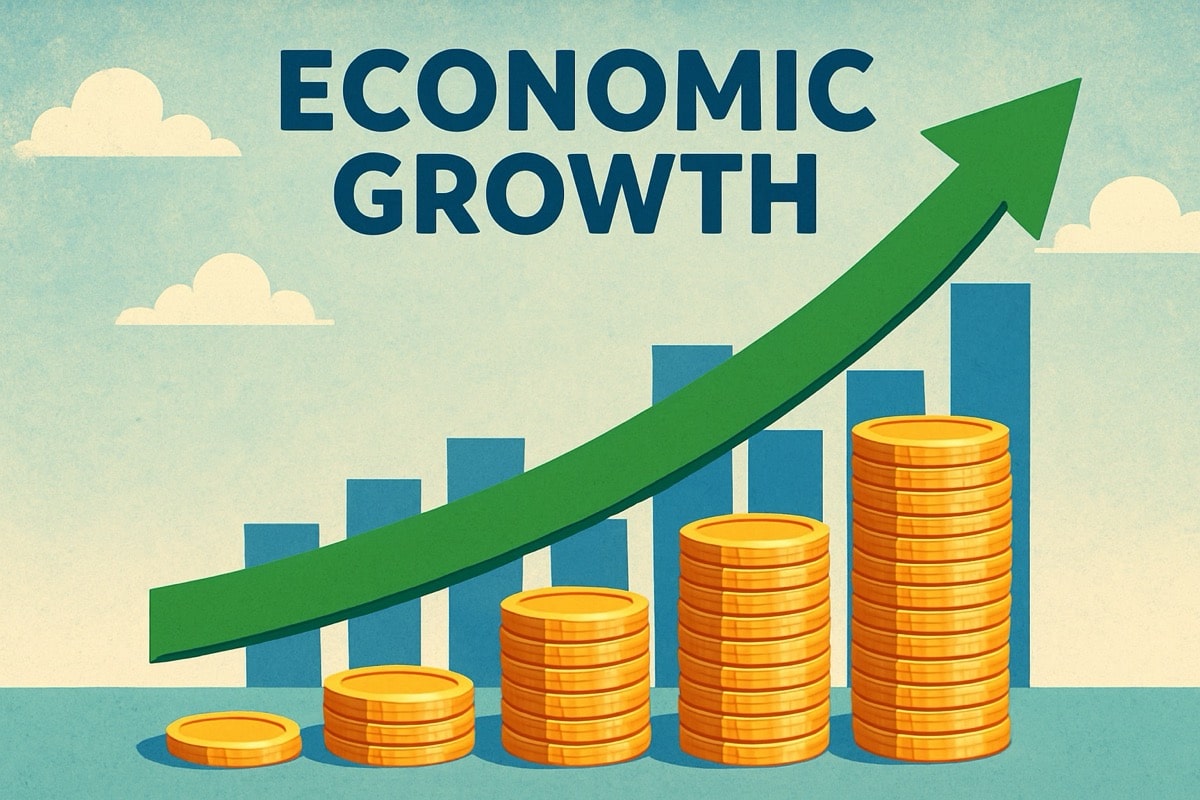The world’s major central banks are cautiously turning the page toward monetary easing as signs of slower inflation and modestly improving growth emerge.

The U.S. Federal Reserve implemented its second rate cut of the year last Wednesday, lowering the benchmark interest rate by 25 basis points to a range of 3.75–4.00%. The move follows a similar reduction just a month earlier, underscoring the Fed’s gradual shift toward monetary easing amid a still-uncertain economic outlook.
In its September 2025 projections, the U.S. Federal Reserve lifted its GDP growth outlook for 2025 to 1.6%, up from 1.4% in June, and raised its 2026 forecast to 1.8%. The upgrade reflects resilient consumer spending and business investment, even as price pressures and labor market concerns persist.
Despite the improved growth trajectory, inflation is proving sticky. The Fed’s median forecast for 2025 remains at 3%, with a gradual decline to its 2% target by 2028. Unemployment projections were little changed. To balance growth and stability, the Fed has cut its benchmark interest rate twice this year, most recently by a quarter-point in October to a range of 3.75–4.00%. Policymakers are signaling that additional easing will be data-dependent, aiming to support employment without reigniting inflation.
Across the Atlantic, the European Central Bank also reduced its key rate by 25 basis points in June, pointing to easing energy costs and a stronger euro, with inflation forecast to average 2.1% in 2025. The Bank of England has also made three cuts this year, bringing its policy rate to 4.25% in May, citing global economic uncertainties and persistent domestic price pressures. Together, these moves reflect a coordinated but cautious shift among advanced economies toward lower rates after two years of aggressive tightening.
Over the past two years, central banks across advanced and emerging economies have been navigating the aftermath of the sharpest inflation surge in decades, which began in 2021 as pandemic-era supply disruptions, soaring energy prices, and robust post-lockdown demand drove prices sharply higher. To curb inflation that peaked above 9% in the U.S. and similarly elevated levels in Europe, policymakers launched an aggressive series of rate hikes through 2022 and 2023, pushing borrowing costs to multi-year highs. Now, as inflation finally shows signs of easing and growth moderates, the Federal Reserve, ECB, and Bank of England are cautiously pivoting toward lower rates to stabilize expansion.
For businesses, this evolving environment offers a narrow window of opportunity. Lower borrowing costs and improved consumer sentiment could revive investment, hiring, and credit demand. Yet, inflation near 3% continues to squeeze margins and limit real wage gains. Executives are being urged to capitalize on cheaper financing while maintaining cost discipline and flexibility in case inflation resurfaces.
For fintechs and digital finance firms, the implications are especially dynamic. Payments and remittance providers stand to benefit from higher transaction volumes as consumer activity strengthens. Besides, lower funding costs can improve the profitability of wallet floats and transaction settlements. However, uneven inflation across regions will keep FX volatility and corridor pricing in focus, favouring firms with efficient routing across card, bank, and digital rails.
Lending fintechs, in turn, may see renewed credit demand from households and small businesses seeking refinancing after years of higher rates, though credit quality remains a key concern if employment weakens. Venture and private equity funding conditions should ease somewhat, but investors will continue to favor capital-efficient fintechs with proven paths to profitability.









